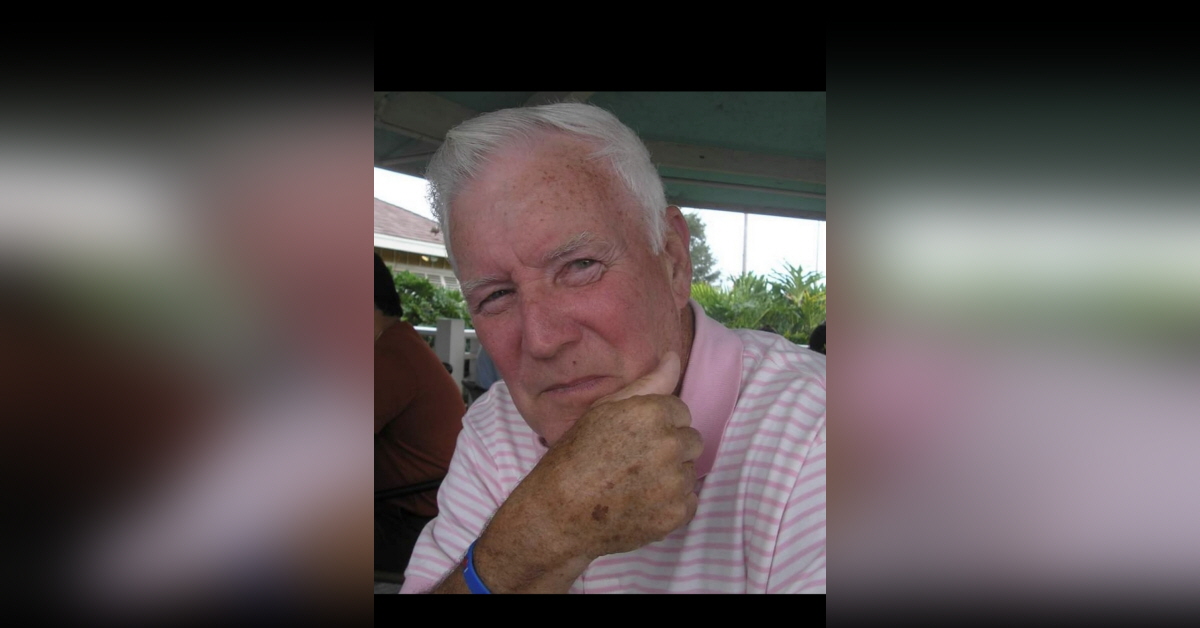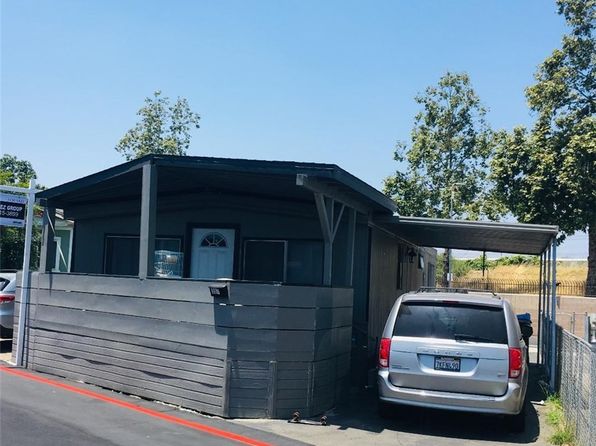Table of Content
HIGHWAY construction in the 20th century paralleled the rail lines and reinforced Cleveland's position as a hinge between eastern markets and western sources of raw materials. Although the canal boom was spent by the 1870s, the city's Great Lakes water linkages remained important and expanded under the impetus of the iron and steel industry to include the iron ranges of the upper Great Lakes. In the 1870s and 1880s, oil pipelines added yet another transportation connection to the city. Pipelines linking Cleveland to the oil fields of Pennsylvania for a time made the city the nation's leading oil-refining center, and although this preeminence was short-lived, Cleveland did remain an important depot and refinery in the Standard Oil system. Gas from the West Virginia pipeline of the EAST OHIO GAS CO. completed the transportation network. Most laborers had problems of their own, which included the scarcity of housing even to rent and exploitation by employers.

The first phase of the city's geographic evolution was the commercial city, a preindustrial settlement that took its shape from its initial advantages of site and situation. Cleveland in 1860 was a commercial city that had outgrown its original New England town plan with its historical focus at Public Square. Economically, the commercial city was oriented toward the mouth of the Cuyahoga River, where long-distance rail and water transportation fused. That, rather than Public Square, was the economic heart of Cleveland, the city's central business district . Production, distribution, sales, and services had yet to specialize, and all business functions might take place within a single loft-type building.
Veterans of Foreign Wars
The film that Welles was obliged to make in exchange for Harry Cohn's help in financing the stage production Around the World was The Lady from Shanghai, filmed in 1947 for Columbia Pictures. Intended as a modest thriller, the budget skyrocketed after Cohn suggested that Welles's then-estranged second wife Rita Hayworth co-star. Welles was an advisor and correspondent for the Blue-ABC radio network's coverage of the San Francisco conference that formed the UN, taking place April 24 – June 23, 1945. He presented a half-hour dramatic program written by Ben Hecht on the opening day of the conference, and on Sunday afternoons (April 29 – June 10) he led a weekly discussion from the San Francisco Civic Auditorium.
Second, Clevelanders watched the progress of the Erie Canal closely and celebrated its completion in October with a dinner. Moreover, the completion of the Erie Canal freed contractors and workers experienced in canal construction to come to Cleveland and begin work. In addition, the geography of the riverbed and the high ground overlooking it on either side kept the commercial warehouses and transient housing "under the hill." Fortunately, this cloistering meant that the STREETS above were healthier and free of the intrusions that plagued most cities of the era. It is no happenstance that Cleveland's tree-lined avenues and increasingly elegant residences overlooked rather than emerged from the river banks. The physical well-being of the residents did improve significantly in the optimistic times of the late twenties and early thirties. Twenty years later, descriptions of the city heralded its location and spaciousness, and local HOTELS were filled not only with businessmen but also with those who were "summering" in Cleveland.
Redondo Union High School National Honor Society
The bill would prohibit the issuance of no-knock warrants in federal drug investigations and provide incentives to states to enact a similar prohibition. On January 5, 2021, the LMPD fired Cosgrove, who shot and killed Taylor, and Jaynes, who obtained the warrant for the raid. The LMPD announced in May that it would require all sworn officers to wear body cameras, and will change how it carries out search warrants. Louisville Mayor Greg Fischer indefinitely suspended the use of no-knock warrants on May 29. The LMPD investigation's primary targets were Jamarcus Glover and Adrian Walker (not related to Kenneth Walker), who were suspected of selling controlled substances from a drug house approximately 10 miles away. Glover said the police had pressured him to move out of his residence for unspecified reasons.

What alarmed Clevelanders about these statistics was the densities amassed in some urban neighborhoods. In Cleveland, the Central area, bordered by Woodland and Cedar avenues, had a 1910 density of 110 persons per acre. People living at these densities were frequently ill-housed, ill-clad, ill-nourished, and the victims of poverty, disease, and crime. Economic differences and preference concentrated the various ethnic divisions more and more in their own areas of the city. On the west side, for instance, the Irish began to dominate the lowlands near the river and the hillside leading onto the heights, where many natives lived in the fashionable FRANKLIN CIRCLE area. Germans made up less than Vs of the west side, except in a new residential area away from the lake south of Bridge St., where they constituted 7/3 of the households in 1860.
St. Matthew’s Lutheran School
Eventually, Welles's own screenplay (under the pseudonym of O.W. Jeeves) was further rewritten, and formed the basis of the 1972 film version directed by John Hough, in which Welles played Long John Silver. On October 28, 2014, Los Angeles-based production company Royal Road Entertainment announced it had negotiated an agreement, with the assistance of producer Frank Marshall, and would purchase the rights to complete and release The Other Side of the Wind. Bogdanovich and Marshall planned to complete Welles's nearly finished film in Los Angeles, aiming to have it ready for screening on May 6, 2015, the 100th anniversary of Welles's birth.

The legacy of highways, urban renewal, poverty, violence, and despair could all be seen in the Cleveland of 1980. Yet if the city had changed dramatically in the space of half a century, some things remained unchanged. Public Square, the original city center, was still the city's hub, and, despite repeated threats, the Group Plan was still intact. Clevelanders continued to shop at the WEST SIDE MARKET, at the Central Market, and on Coit Rd., where farmers from outlying areas still brought their produce. The Flats were still smoky from the remaining mills, and the crooked Cuyahoga was still crossed by a score of bridges.
Cleveland in 1900 became the state's largest city, outstripping rival Cincinnati by a margin of 56,000. In 1930, Cleveland was the nation's 6th-largest city, with a population of 900,429. Paris, Berlin, and Liverpool by 1890 had broken the 100-persons-per-acre threshold. Cleveland's density in 1890 was 12 persons per acre, which increased to 22 by 1930.
The important thing for our customers is the value we provide them compared to what they're used to. And those benefits have been dramatic for years, as evidenced by the customers' adoption of AWS and the fact that we're still growing at the rate we are given the size business that we are. The margins of our business are going to … fluctuate up and down quarter to quarter.
The purity element was similarly critical of the private agencies, because their charity philosophy—known as the "Sweet Charity" approach—was too soft-hearted and failed to apply a rigorous remedial direction for recipients. There also was the frequently voiced suspicion that charity clients "worked the charity scam," that is, exploitation of the dual system's lack of administrative coordination by collecting benefits from both. Once that was accomplished, both groups agreed, the municipality could get entirely out of the charity business. The third element involved in charity reform consisted of the professionals who were employed in the dual charity system. The professionals sought to rescue the private charity system from sectarian control and replace soft-hearted clergymen with college-trained social workers and other professionals who would combine efficiency in the delivery of services with a compassionate understanding of industrial reality.

By the 1880s, when the county population was 197,000, agricultural production of the 5 surrounding counties was given over to truck farming and other high-intensity agricultural land uses, including greenhouse horticulture in Cuyahoga. In the 1920s, when the population of the city and its surrounding SUBURBS totaled over 1 million, 16 counties surrounding Cleveland produced agricultural goods for the consumption of Clevelanders and their agricultural processing industries. Cleveland's flour mills, breweries, and distillers became major consumers of regional agricultural output. Local politics became more complex after the union, since more local offices were available as the number of wards reached 11 and the office of alderman was abolished. Just as religious and secular organizations became involved in national politics, so too did local elections.
The city could not repay $15.5 million in short-term notes that came due, and city officials were unable to agree with local banks on a program to avert default. The default was the product of the dramatic loss of jobs and population—with a consequent shrinkage of the tax base—and a unique political environment in which the mayor's actions were limited by an unwieldy 33-member city council and citizen demand for low tax rates. The roots of the city's fiscal problems reached back at least as far as 1965, when voters defeated a city income tax referendum, prompting creation of the Cleveland Little Hoover Commission to study city operations. In 1970, when Stokes found that revenues were inadequate to maintain the level of city services, he proposed an income tax increase from 1 to 1.8%, tying it, as an incentive, to a reduction in the school district property tax levy. Voters turned down the increase but approved the reduction, and at the end of Stokes's second term, the city had a $13 million budget deficit. U.S. District Judge Frank J. Battisti, meanwhile, in 1976 ruled that the Cleveland and state boards of education were responsible for the racial segregation of Cleveland schools and must desegregate them.
On May 20, 2020, the investigation's findings were given to Daniel Cameron, Attorney General of Kentucky, to determine whether any officer should be criminally charged. According to police grand-jury testimony, the warrant was never executed and Taylor's apartment was not searched for drugs or money after the shooting. More than a month after the shooting, Glover was offered a plea deal if he would testify that Taylor was part of his drug dealing operations.
For example, the release of the 2015 Whitey Bulger biopic Black Mass led to the abandonment of a planned film about Bulger that would have been produced by Ben Affleck and Matt Damon. By the 1880s, the capacity of these new enterprises outstripped reliable local supplies of raw materials and local marketing outlets. Efforts to market goods nationally ran into the limitations posed by relying on third-party commission merchants and wholesale jobbers in distant cities to sell products.
In the canal era, there was a constant turnover of officeholders as the pool of available men grew, but after 1848, officers often served more than 2 years, probably because of the rising effectiveness of local parties. Their new tactics included efforts to muster German and Irish voters, beginning in 1852. Three years later, the DAILY TRUE DEMOCRAT reported on 15 May a rather strong reversal of this approach, and one that was in concert with a national native American political movement, the Know-Nothing party. The paper reported that a crowd of "jackasses and hyenas and bawdy house bullies" had taken over the polls in the 1st and 2d wards, refusing to allow any anti-Know-Nothing foreigner to approach. All Germans were kept from voting and were beaten if they attempted to come too near.























